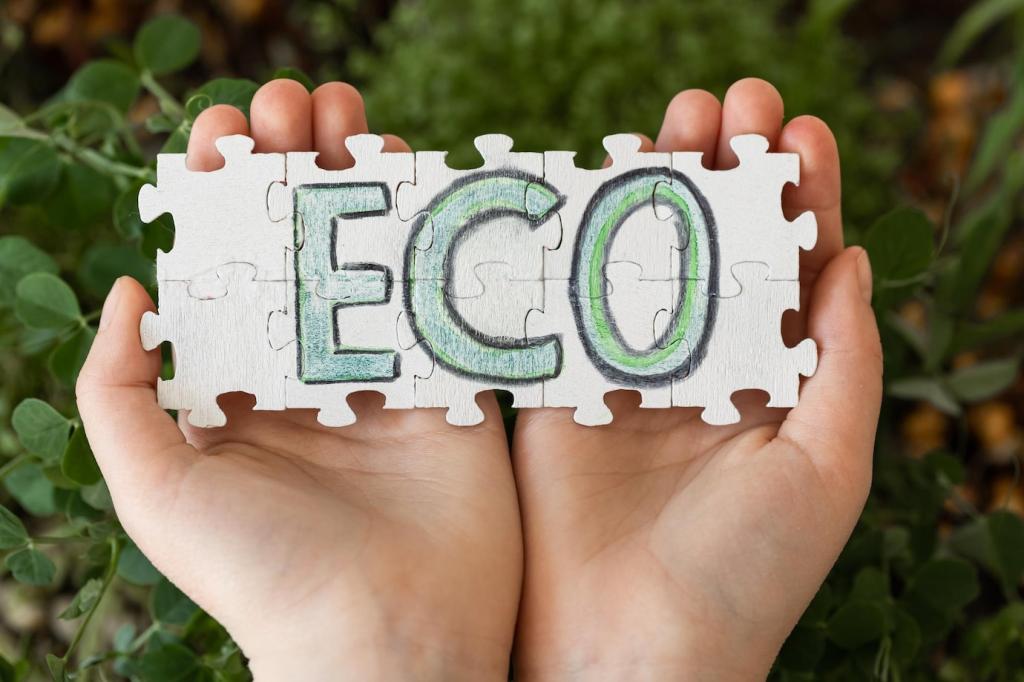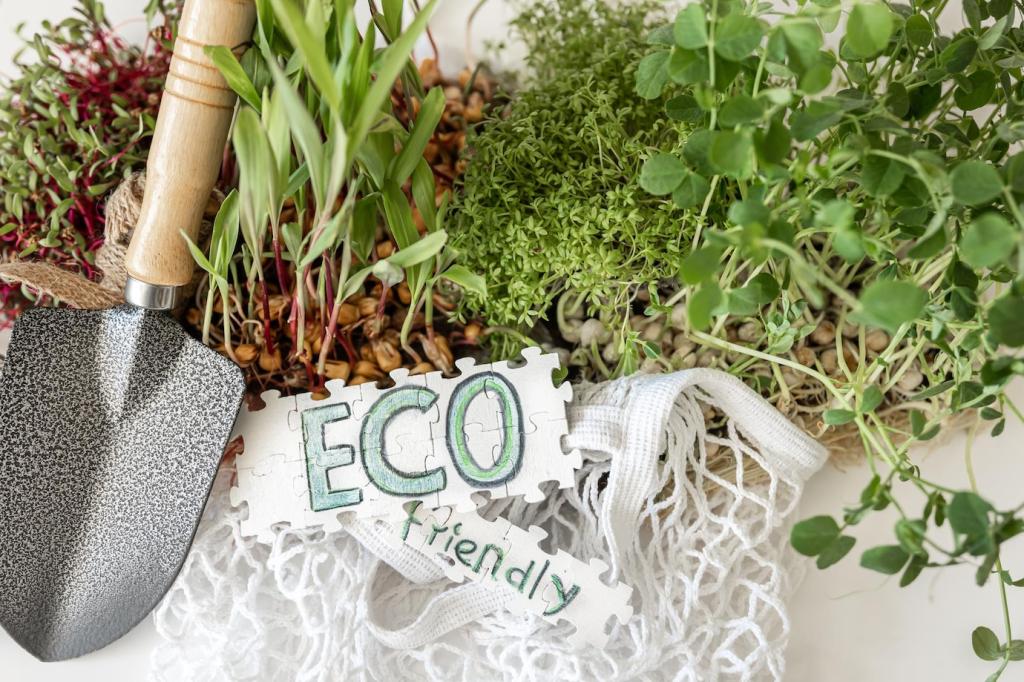What Sustainable Cleaning Really Means
Choose plant-based, biodegradable surfactants and low-VOC formulas that break down safely in waterways. Look for clear labeling or certifications like EPA Safer Choice or ECOCERT. Avoid vague greenwashing terms, and always test in an inconspicuous spot before full use.
What Sustainable Cleaning Really Means
Over-wetting damages wood, fabrics, and adhesives. Use a well-wrung cloth, mist rather than soak, and blot patiently. Steam in short passes when appropriate, and finish with thorough airflow so moisture doesn’t linger where mold thrives.
What Sustainable Cleaning Really Means
Harsh fragrances, aerosols, and solvent-heavy cleaners spike indoor VOCs. Prefer fragrance-free or naturally scented options, ventilate generously, and clean when windows can be opened. Your lungs, furniture finishes, and houseplants will thank you.





